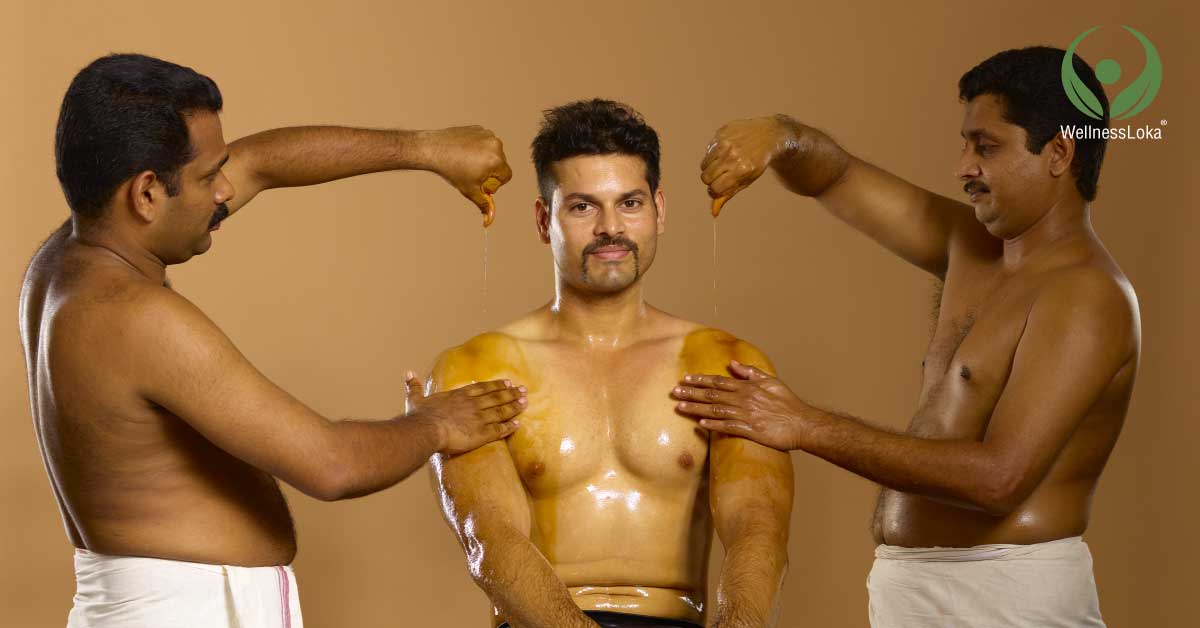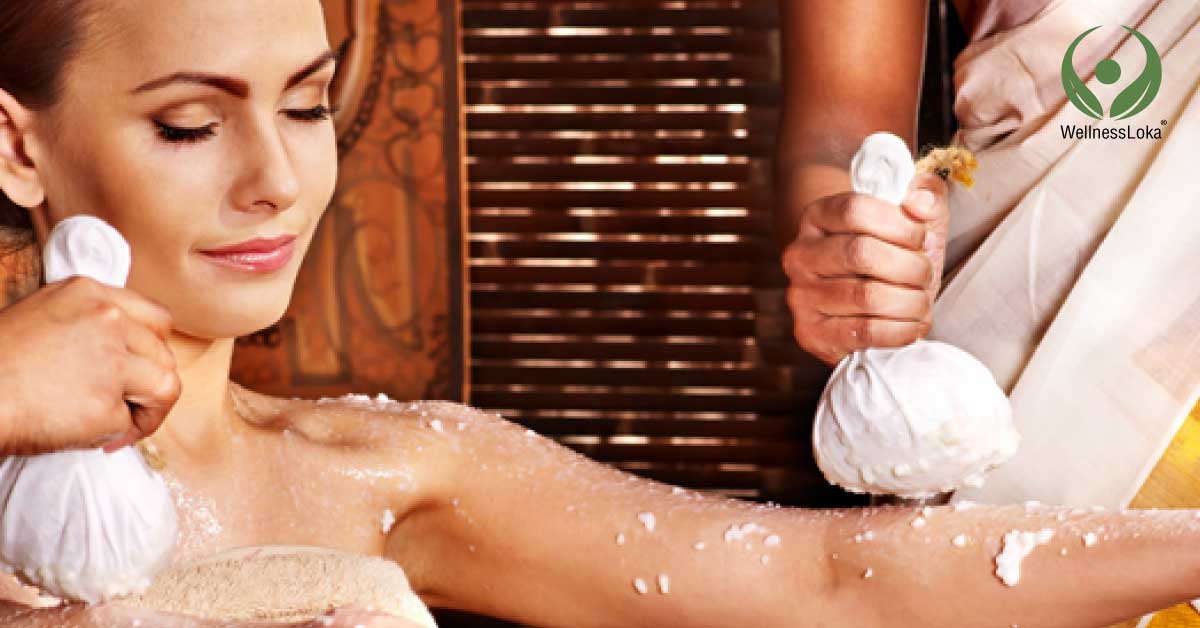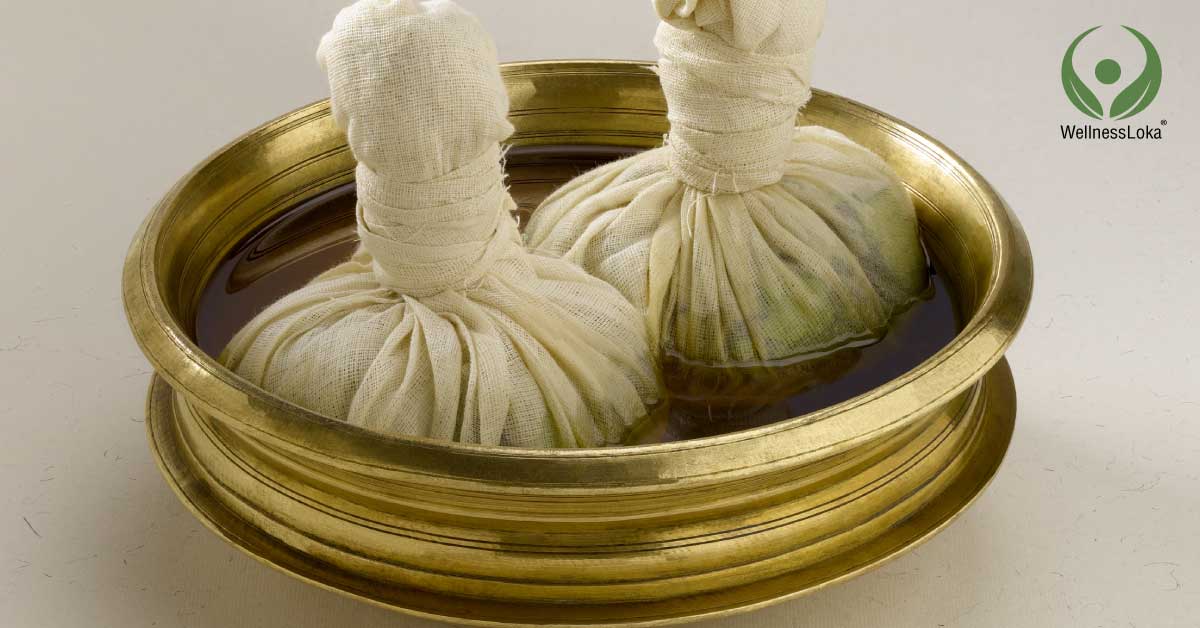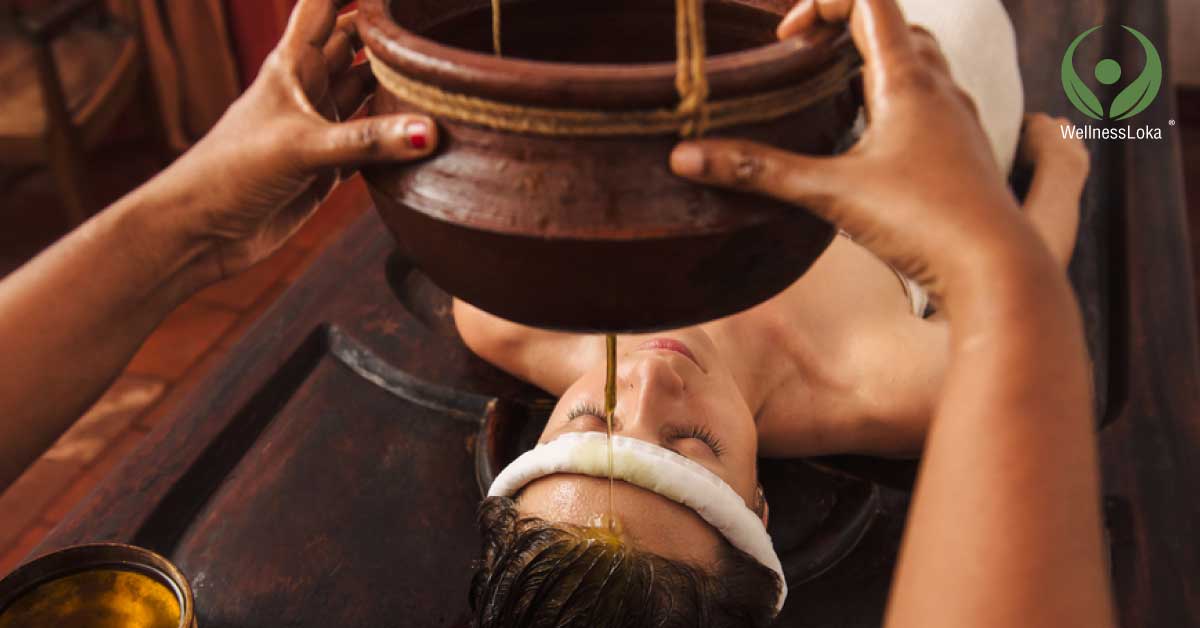Pizhichil

The Pizhichil, is one of the Swedana methods. It is a modified version of Kayaseka, used in Kerala. This can be done as a main treatment or as a rejuvenation therapy.
HOW PIZHICHIL IS DONE?
In this, method the person is laid on the Taila Dhroni, a special table, and oil is poured continuously in special method. The duration of the treatment is important.
Warm oil is used throughout the treatment. The selection of the oil is done by the physician after considering the condition of the person and his/her health.
BENEFITS OF PIZHICHIL
Even though the Pizhichil comes under Swedana(Sudation therapy), it gives the effect of Snehana(Oleation therapy) also. The usage of oil gives this procedure such an effect.
INDICATIONS
In healthy persons, this procedure acts as rejuvenation therapy and helps in enhancing the health.
As a treatment, this procedure is beneficial in neurological disorders, degenerative disorders etc. It is important to understand that not all diseases that comes under the above mentioned groups are advised this treatment. The physician is the one who should decide the suitable treatment.
CONTRA-INDICATIONS
Usually not done in persons having:-
- Inflammatory conditions
- Fever
- Digestive disorders
- Respiratory
Pizhinju Thadaval a variant of Pizhichil is also popular in Kerala. In this procedure, the person is massaged in special way along with the pouring of the oil.
POST-TREATMENT CARE
The person should follow the instructions given by the physician. Some of the important things to be noted are:-
- The person should use water that was boiled and then cooled down to luke-warm temperature for bathing.
- He/she should take medicines prescribed by the physician, if any.
- Light food is recommended for the person.
- The person should avoid sexual intercourse during the course of treatment or till the physician suggests.



